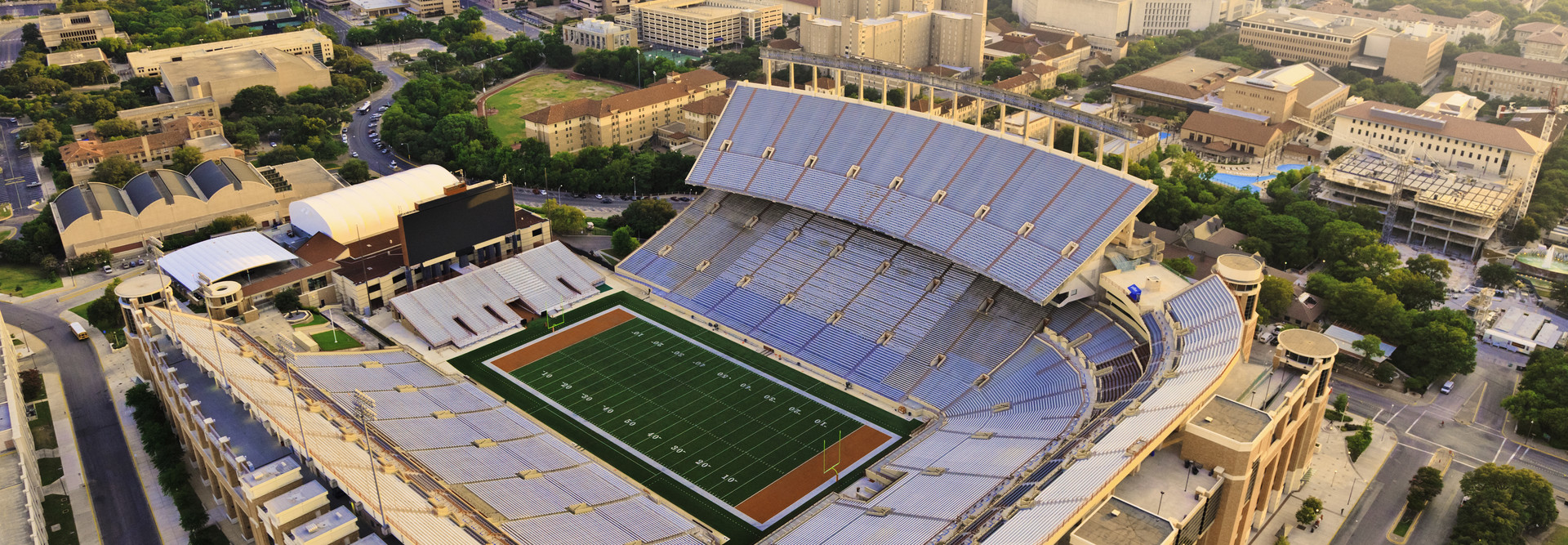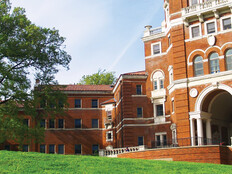The High-Density Wi-Fi to Support Fan Expectations
It’s time to talk about connectivity. Keep in mind that if you are planning to use dozens of digital signs, you may need a wired LAN connection to support connectivity.
Delivering reliable Wi-Fi to a large crowd is no easy task. Every environment comes with a unique set of connectivity problems. Stadiums can be some of the more challenging sites — considering these arenas are typically full of concrete and metal that can prevent wireless signals from passing through.
To meet density requirements, you need to understand what kind of access points you need, how many you must deploy and where they should be located. Working with a partner like CDW•G can help you strategically plan the scope and navigate potential pitfalls for your stadium refresh.
To understand if you need to increase stadium wireless access points, we can help you conduct a wireless site survey and wireless health check. We can also use analytics tools to help you measure network and application performance
To help you find the solutions that match your stadium’s distinct needs, we work with a network of original equipment manufacturers that can provide emerging stadium refresh solutions such as Wi-Fi 6 and software-defined networking technology that can help you achieve load balancing in high-density environments.
MORE ON EDTECH: What are the advantages of Wi-Fi 6 for online learning?
Hyperconverged Infrastructure Enables Contactless Tech at Stadiums
At Dodger Stadium, contactless technologies eliminated the need for turnstiles and long lines. These technologies were certainly not deployed with legacy analytics and operational systems.
As the Dodgers’ vice president of IT, Ralph Esquibel explained to VentureBeat, they needed a Cisco HyperFlex hyperconverged infrastructure platform with Intel Xeon Scalable processors and Intel Optane storage.
HCI is designed to simplify data center management by breaking down silos between computing, storage and networking. Indeed, the six-node HyperFlex platform outperformed the Dodgers’ legacy 38-node solution. This resulted in rapid data modeling for fans keeping their eyes on individualized stat feeds.
HCI also reduced the likelihood of downtime during games. After all, the more complex and siloed a data center is, the more likely it is to experience downtime during critical moments. When the technology can streamline data center maintenance with process automation features, it makes maintenance much less time-consuming.
In short, legacy systems and unreliable Wi-Fi won’t keep modern fans happy. Sooner or later, higher education institutions need to catch up to provide professional stadium experiences.
This article is part of EdTech: Focus on Higher Education’s UniversITy blog series.












